Toshiba Portégé X30-E-12H
With the Intel 8th-Gen hardware now available, system builders are rushing to use it, and Toshiba is one of those keen to offer the latest technology to its business customers. The new silicon is being rolled out over the Tecra, Satellite Pro and the Portégé series, on both the X20 and X30 models.
Today we’ll be looking at a flagship design, the Portégé X30-E-12H, and determining if the power contained in this highly portable device is priced seductively enough for the discerning business user.
Price, availability and value
Regarding pricing in the UK, the X series pricing varies between £799 (around $1,079) and £1,699 ex VAT (around $2,295) . The X30-E-12H is top spec, therefore expect to shell out £1,699 ex VAT if you want one tricked out like the review model.
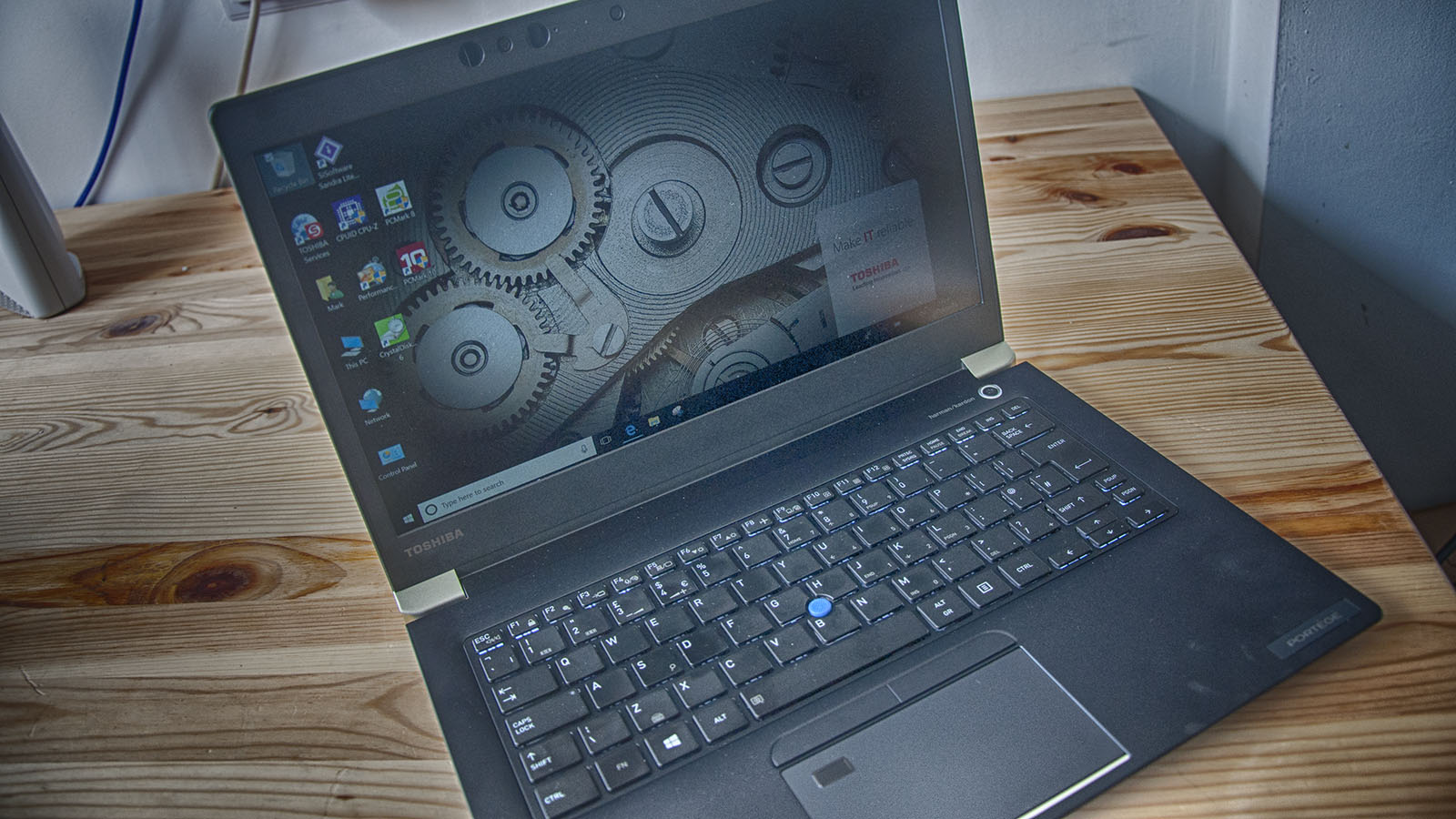
In the USA the 12H variant of the X30 isn’t an option that customers can select on the Toshiba site. The nearest alternative is a 13H model (13.3-inch display) and configured as per the review hardware that has an MSRP of $2,949 (£2,170).
When asked on this point, Toshiba stated that the US division could make any variant to almost any spec, should a customer specifically want this or any other permutation on processor, memory, storage and screen size.
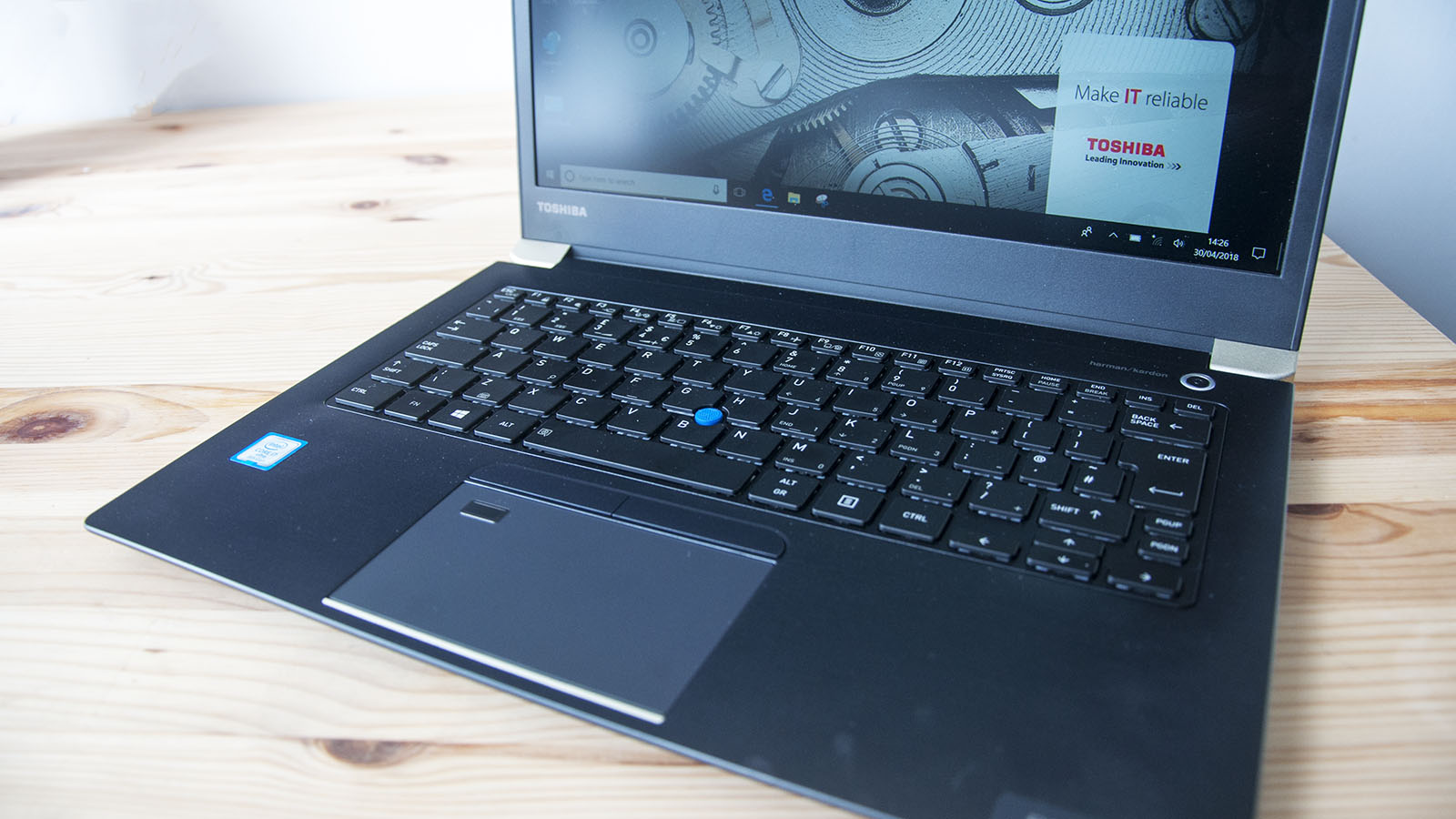
Design
High specification laptops for business users are always a compromise to a degree. Because great power doesn’t always come with any responsibility, or in the case of many machines, enough battery capacity to drive for long at full speed.
There is also a narrow path to tread in regards to styling, where business customers like things to look new and modern, but not so radical that it seems flashy or ostentatious.
Those thoughts go a long way in explaining why from the outside, the X30-E-12H isn’t much different from the previous ‘D’ equipment. Because if the customers like it, why change it?
The X30-E-12H feels like a finely honed tool, and that starts with the keyboard and touchpad, both of which are of the highest quality.
The touchpad, in particular, is one of the best we’ve tried, and the surface has the ideal level of texture that you can make subtle movements without having to mess with the device’s sensitivity.
There are dedicated buttons at the top of the pad, but the bottom edge also flexes to provide the same functionality by another means. Including in this model is a fingerprint reader as part of the touchpad, and other security options are provided using binocular infra-red cameras that allow Windows Hello to recognise the owner.
For those required to input on their laptops, this is an excellent keyboard that allows a decent word rate for the practised key basher.
The ports are organised in a mostly logical way down both sides, avoiding the rear and the front. That both USB Type-C ‘Thunderbolt 3’ ports got put on the same side is unfortunate, but this is how the ‘D’ series had them, and it does make for continuity.
As a user experience, the X30-E-12H has that it-just-works motif, where the screen is easy to see and the system boots very rapidly when you need it.
And, unless you stress test it, it’s also very quiet even when playing back HD video or performing typical Office tasks.
Initially, we thought that there wasn’t much to dislike here, but we eventually found a few minor things.
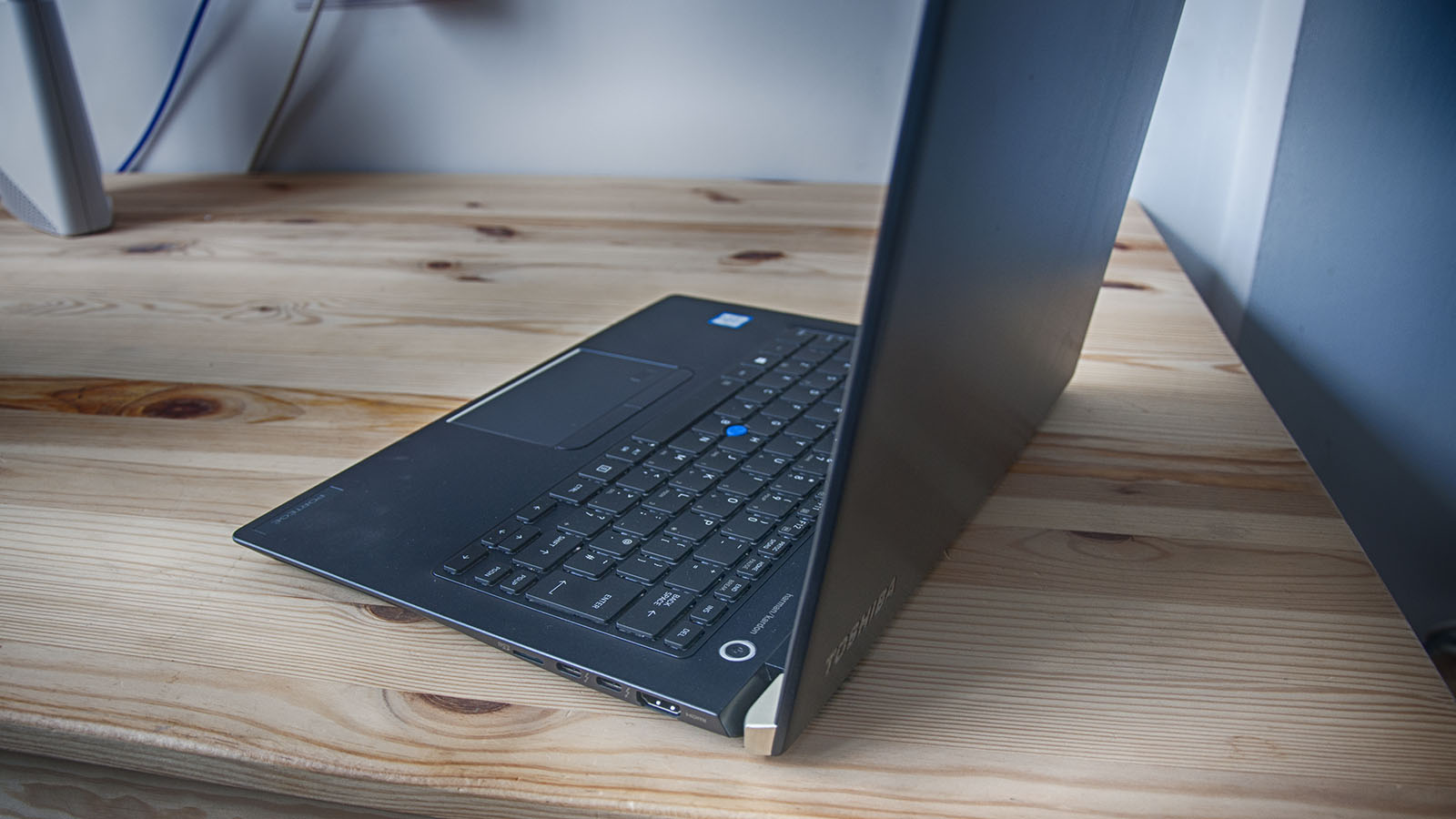
There is one feature that doesn’t meet the exacting standards that the X30 exudes, and that’s the screen.
From a viewing perspective, there isn’t anything substantially wrong with the panel Toshiba provided. It’s bright, sharp and the colour spectrum isn’t washed out or oddly tinted.
But the panel is held in a remarkably thin structure, so skinny that it flexes when even modest force is applied.
In most laptops, an accident with the screen usually involves breaking the hinges. On this machine, we’d give good odds that the screen would break long before the hinges failed. Toshiba made the hinges travel all the way to 130 degrees, almost teasing that the machine will go flat without actually delivering that or more.
A real concern is what would happen if you left a pen or other object on the keyboard and forced the lid down inadvertently. The result might not be pretty and also expensive to resolve.
We’re also unconvinced by the inclusion of Windows ‘Hello’ technology. Or, rather we suspect that most business customers wouldn’t use it.
Business people can often be mistrusting of a system that watches you all the time, unsurprisingly. They’re more likely to embrace fingerprint, palmprint or other security options.
Specifications
The specifications of the review model have the loud pedal pushed hard to the floor.
We’re talking top-of-the-line Intel 8th generation Kaby Lake R class processor, with a base clock of 1.9GHz and a turbo frequency of 4.2GHz.
That’s connected to 32GB of 2400MHz DDR4 and a 1TB NVMe SSD that makes loading applications and data practically instantaneous.
If we compare this feature set to competitor products it’s on a very similar level to the Lenovo ThinkPad X280, Dell Latitude 5490 and Fujitsu Celsius H770. That said, Dell doesn’t offer a touch panel on that Latitude, and the Fujitsu Celsius is still waiting for an Intel 8th Gen processor option.
That leaves the ThinkPad X280 with an almost identical spec for around £2000 ($2700) tax included, which makes it almost the same price as the Portégé X30-E-12H.
What divides them is that the Lenovo ThinkPad X280 only offers a maximum of 16GB of memory. Though, it does come with LTE communications as a standard. Dell also has the XPS 13 9370, but the best CPU on offer is the slightly slower Core i7-8550U, and it also costs more for a machine with only 16GB of RAM.
Overall, for all the hardware in it, the Portégé X30-E-12H offers a decent feature set for the outlay that’s in line with what the closest competitors are asking.
Performance
With an 8th-Gen Core-i7 CPU at its heart, this machine was unlikely to disappoint when benchmarked. And, true to form, it is a veritable beast unleashed when it comes to raw processing and file manipulation.
A quick scan across the benchmark scores reveal a machine that makes most desktop computers blush, especially when connected to mains power.
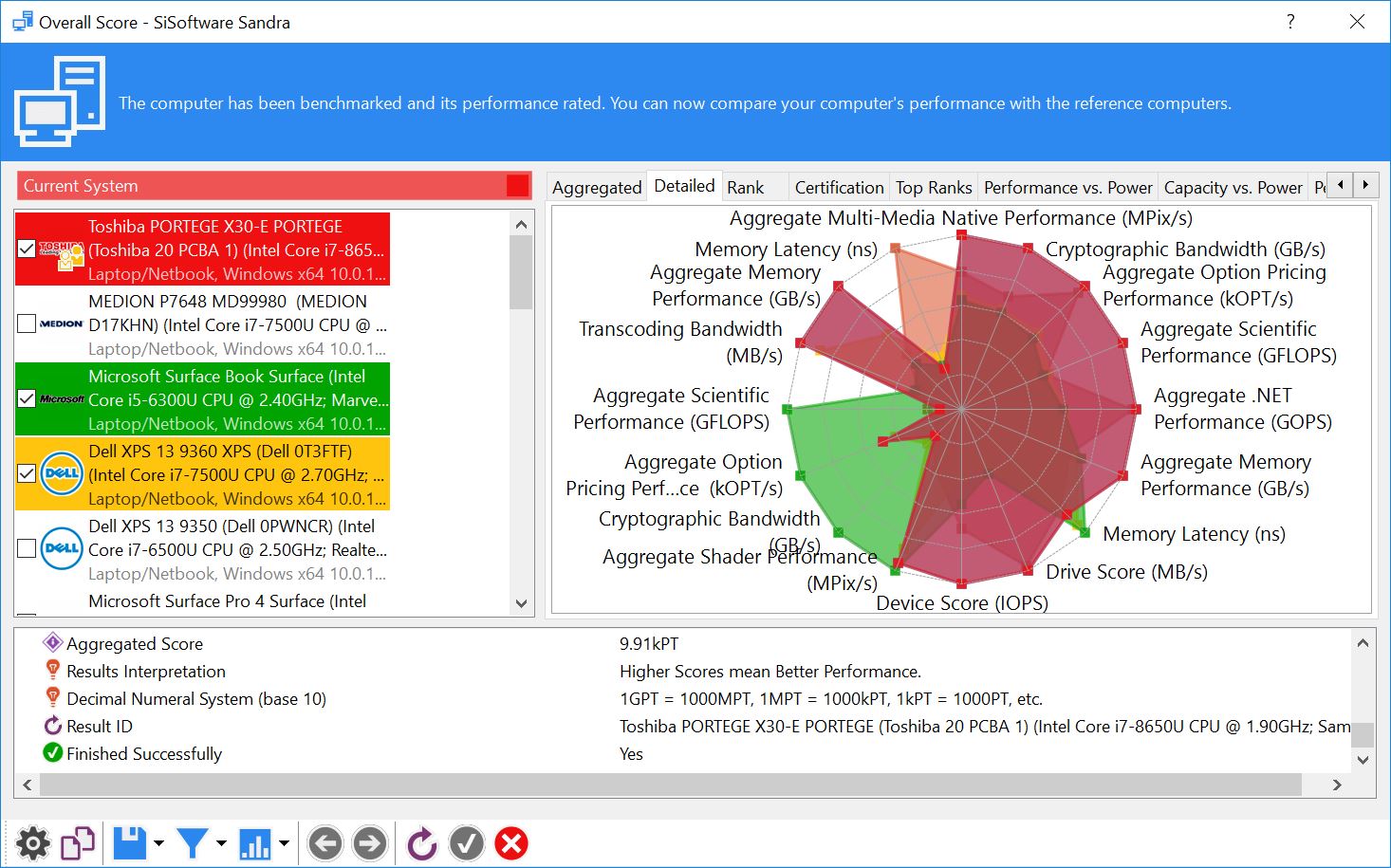
As an act of self-preservation, the system automatically throttles back once on battery, but not to the point that it ever becomes unresponsive or ponderous.
These numbers are great, with one possible exception being the write speed of the NVMe drive. In the review machine was a 1TB Samsung PM961, a design that first previewed back in early 2016.
It was the first SSD to use the Samsung Polaris controller before it reappeared in the 960 PRO and EVO. However, this SSD only uses TLC memory, not the MLC used on the SM961, and therefore the write speed is reduced to almost a third over its MLC brother.
Had this design used the Samsung 960 PRO it could have been modestly faster at reading and almost twice as fast at writing.
A factor in the PM961 choice may have been reducing cost. The 1TB PM961 can be purchased for about £400 ($445), the same size 960 PRO would cost £567.74 ($613). Where the Samsung PM961 wins over the 960 PRO and EVO is in raw IOPS, but the new 970 PRO and EVO are even faster.
It’s a minor blight on the fantastic numbers that this machine can deliver, and most users will never realise that it could be even better.
Battery life
Considering the clock speeds available to the Core-i7 processor, the amount of RAM installed and the NVMe storage we reasonably expected that battery life would suffer on this design.
While this isn’t an ‘all day’ runner unless you like a long lunch, that it ran the PCMark 08 Work test for a projected five hours is a testament to how effectively it uses the battery power it has available.
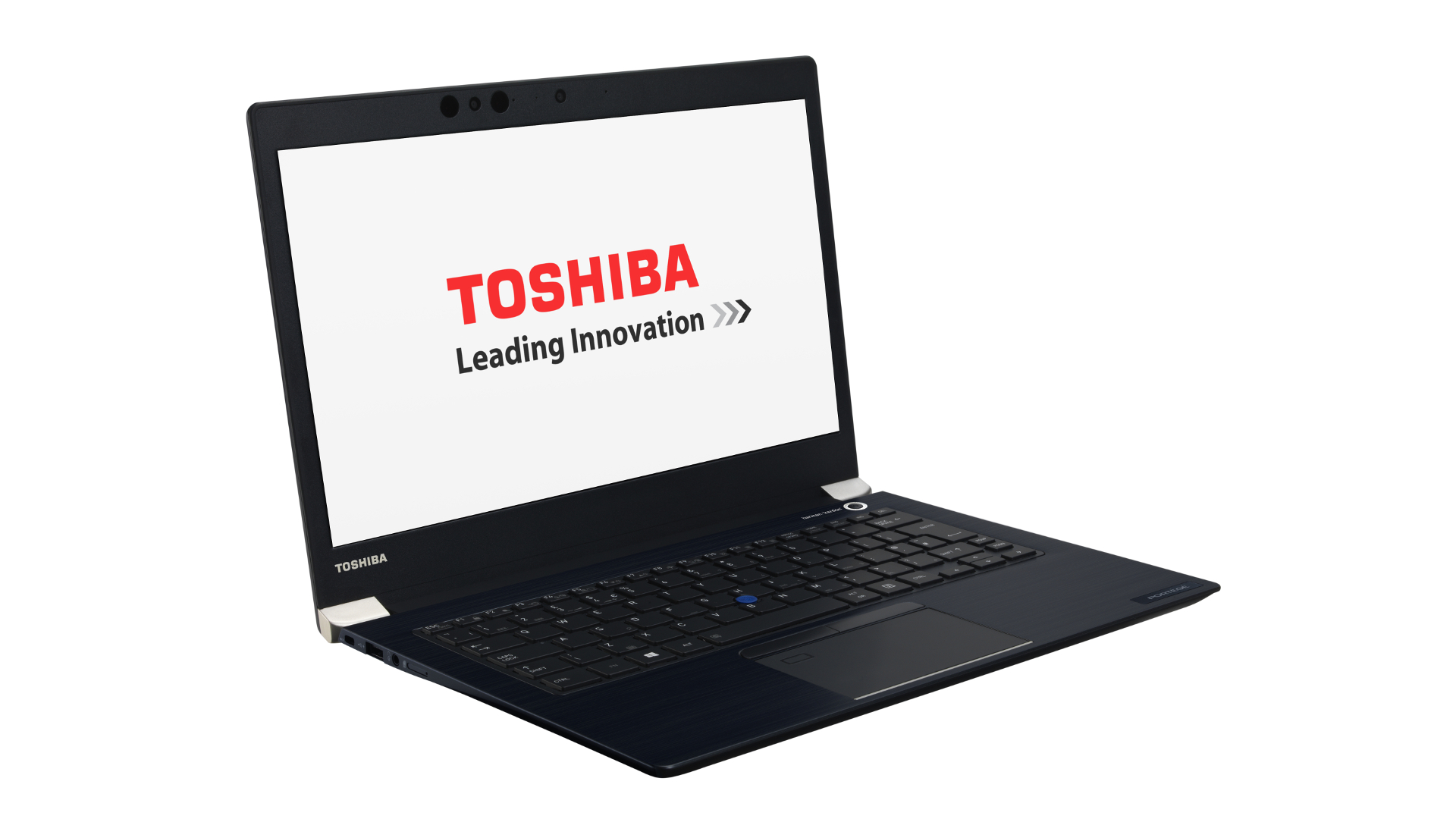
Used in a marginally more intermittent way than the benchmark, it would get you through a working day. Or, at least a long commute to and from the city.
On the subject of the battery, or charging, Toshiba added one feature to this machine we must applaud, USB Type-C charging.
The mobile space desperately needs to see the back of proprietary chargers, and USB Type-C is probably the way to go.
The sooner that others see that using them is a monkey off their collective backs, and not a loss of replacement part revenue, the better for all concerned.
Final verdict
There are plenty of good things in this laptop that would serve any user well, even if its overpowered for all but a power-user who wants a desktop experience on the move.
If you want a fully featured notebook with the latest Intel silicon and almost all the bells and whistles, this is certainly worthy of your consideration.
- Also take a look at the best business laptops of 2018
0 comments:
Post a Comment